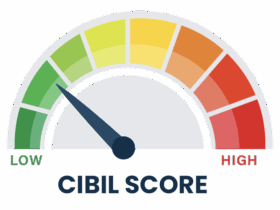Real estate investors often benefit from 1031 exchanges as one of their most powerful tools. A tax-deferral strategy allows investors to reinvest capital gains into a new property while deferring capital gains taxes. However, there are two types of 1031 exchanges: traditional 1031 and reverse 1031.
What is a traditional 1031 exchange? Most 1031 exchanges are traditional exchanges, also called forward exchanges. In this scenario, an investor sells a property, then has 45 days to find a replacement property, followed by 180 days to close on the new property. A qualified intermediary holds the sale proceeds until the new property is acquired.
Benefits of a traditional 1031 exchange
- Tax deferral: By reinvesting property sale proceeds in another property, investors can postpone capital gains taxes.
- Flexibility: New properties can be identified within 45 days and closed within 180 days, providing ample time to find the right investment opportunity.
- Simplicity: Traditional 1031 exchanges are more straightforward than reverse exchanges, making them easier for many investors to navigate.
What is a Reverse 1031 Exchange? An investor can exchange their current property for a new one in a reverse 1031 exchange, also known as a forward exchange. In this scenario, an investor identifies and purchases a new property and then has 45 days to identify the property they will sell and 180 days to close on selling the original property.
Benefits of a reverse 1031 exchange
- Flexibility: Reverse exchanges give investors more flexibility, as they can acquire a new property before selling it.
- Competitive advantage: Investors can secure a desirable property before selling their existing property through a reverse exchange in a competitive real estate market.
- Tax deferral: Like traditional 1031 exchanges, reverse exchanges allow investors to defer paying taxes on capital gains by investing proceeds from a sale into a new one.
Challenges of a reverse 1031 exchange
- Complexity: Reverse exchanges are more complex than traditional exchanges, requiring careful planning and coordination.
- Financing: Investors may need to secure the funding to purchase the new property before selling their existing property, which can be challenging.
- Risk: If an investor cannot sell their existing property within the 180-day timeline, they may face significant financial consequences.
A comparison of traditional and reverse 1031 exchange
- Timeline: A reverse exchange may be better if you have a specific timeline for acquiring a new property.
- Financial resources: If you have the financial means to buy a new house before selling your old one, a reverse exchange may be feasible.
- Market conditions: Reverse exchanges can provide an edge in competitive real estate markets by allowing you to sell your existing property before securing an attractive new one.
Traditional and reverse 1031 exchanges offer investors the possibility of deferring capital gains taxes and reinvesting. Investment goals, timelines, and financial resources will determine your choice. The differences between these two options align with your investment strategy. Regardless of which type of exchange you choose, you must work with experienced professionals to guide you through the process and comply with all tax requirements.












